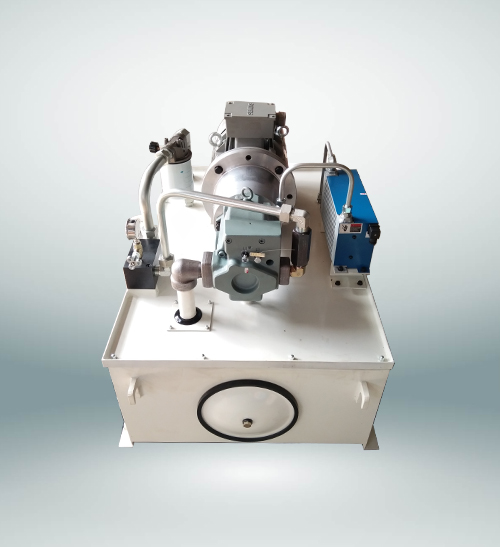
The gas-liquid booster cylinder is essentially different from the hydraulic station. In many cases, the pneumatic hydraulic booster cylinder can replace the hydraulic station.
The pneumatic and hydraulic booster cylinder is a performing element, and improvement planning is carried out based on the advantages of the cylinder and cylinder. The hydraulic oil and compressed air are completely blocked, and the piston rod in the cylinder will automatically start after contacting the workpiece. As long as the air source is introduced, the gas-liquid booster cylinder can complete the output of operating pressure, eliminating a series of complex systems.
However, the hydraulic system of a complete hydraulic station is composed of four parts: power part, performance part, control part and auxiliary part.

1. Control part: mainly composed of various hydraulic control valves. Its function is to control and regulate the pressure, flow and direction of the system to meet the requirements of the force, speed and direction of movement of the performance part.
2. Auxiliary parts: including oil tank, oil pipe, pipe joint and oil filter. Pressure gauge, etc. Its function is to store and filter oil. Tests, etc. The components of the hydraulic system shall be connected as required to form a complete hydraulic system.
3. Power part: composed of hydraulic pump. Its function is to convert the mechanical energy of the prime mover (such as the motor) into hydraulic energy and supply it to the hydraulic operation system, that is, to supply pressure oil to the hydraulic operation system.
4. Performance part: composed of hydraulic cylinder or hydraulic motor. Its function is to convert the hydraulic energy of the system into mechanical energy and drive the external load to do work.